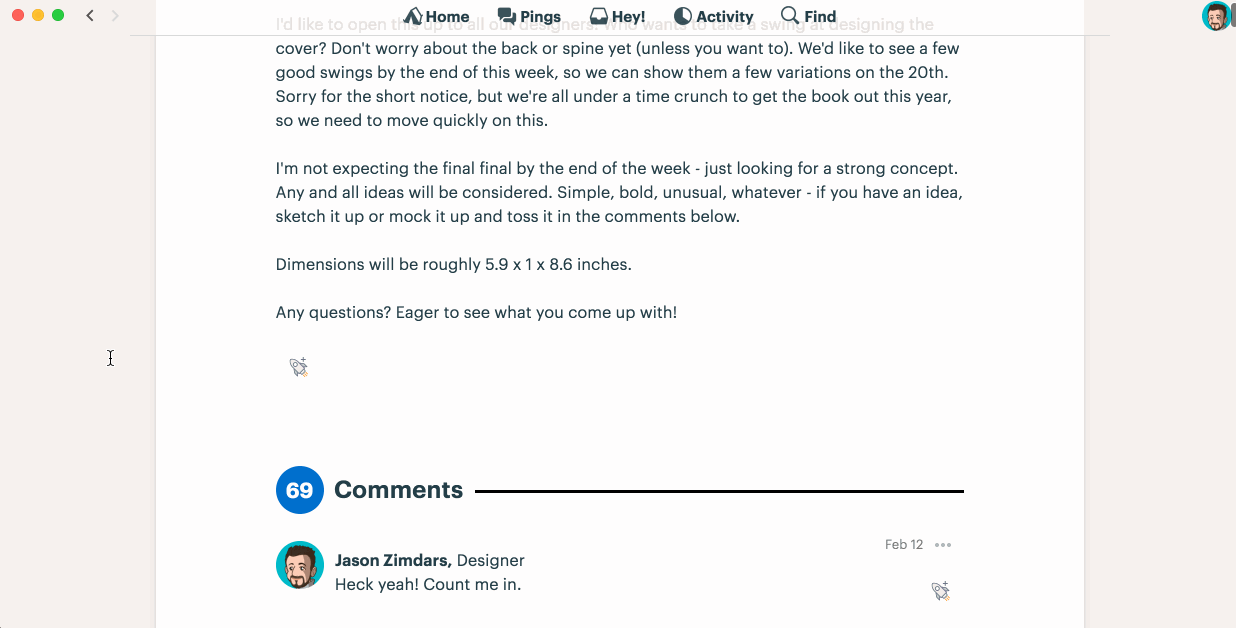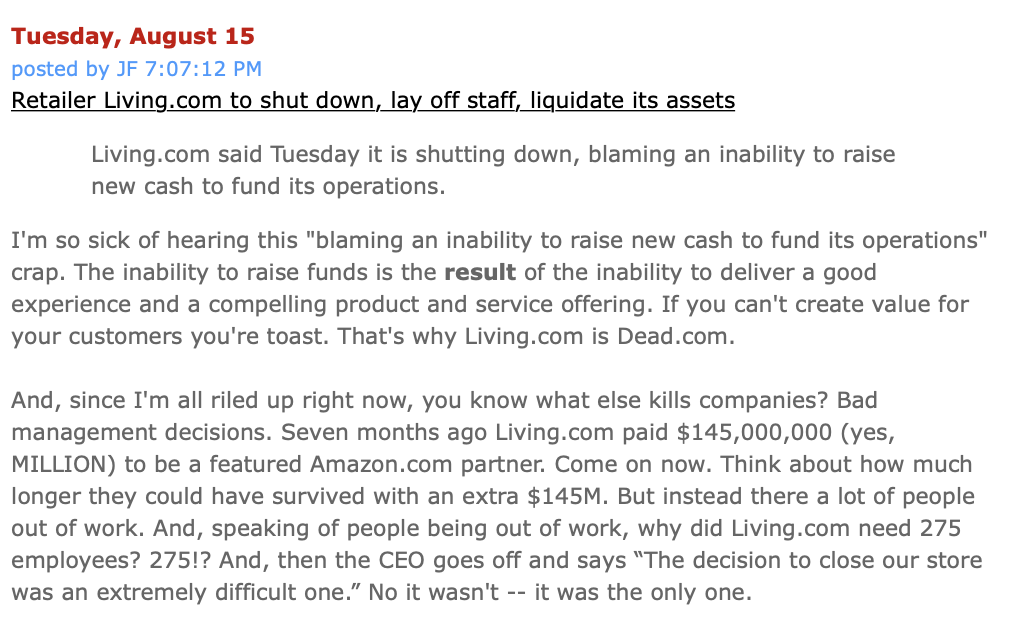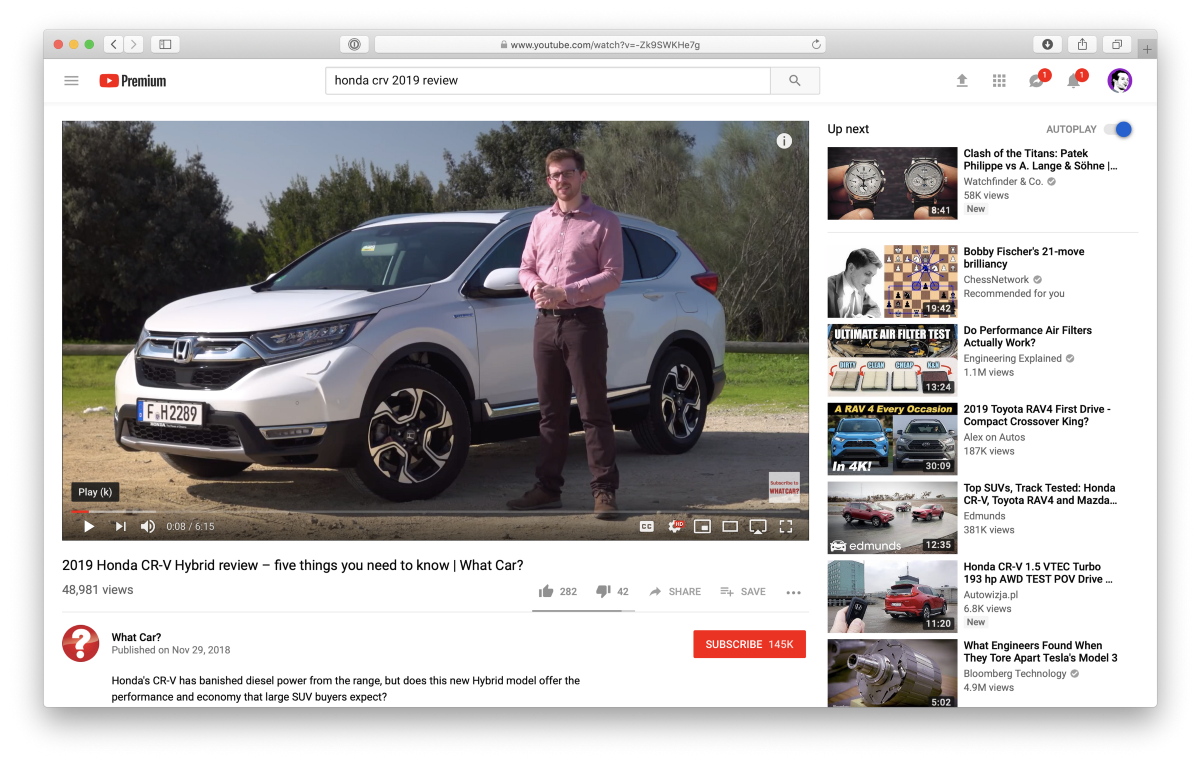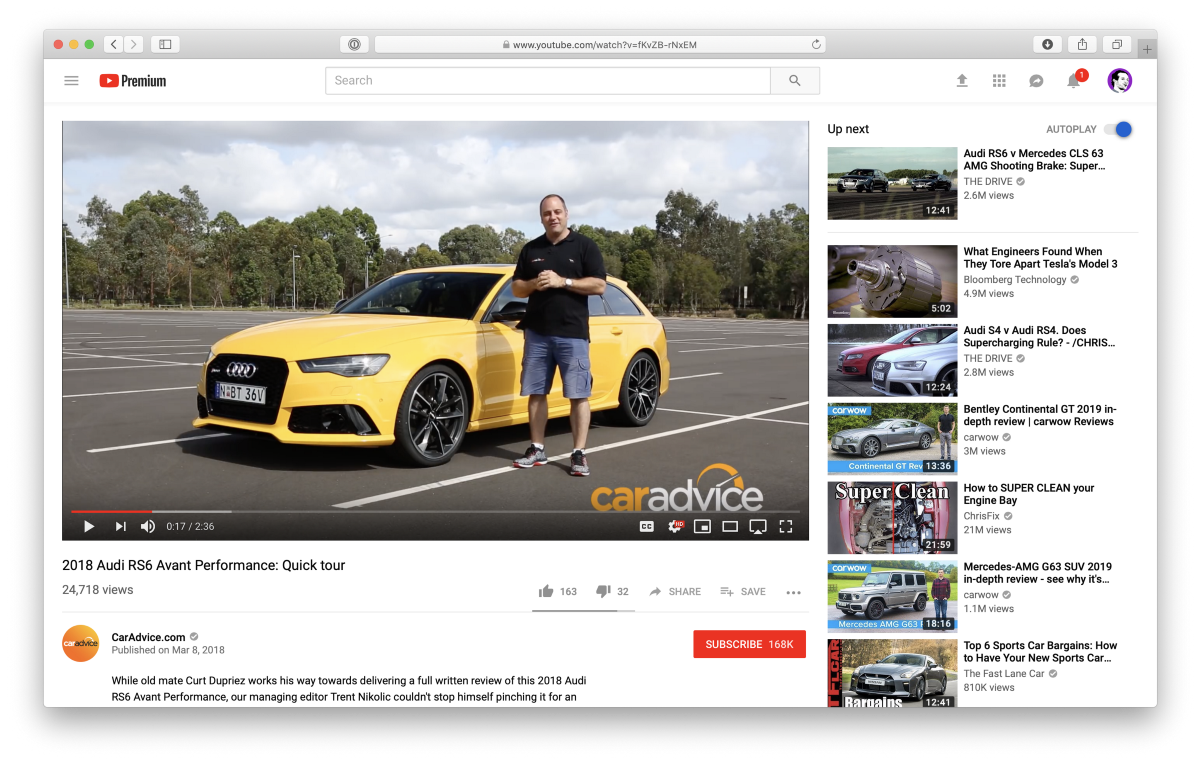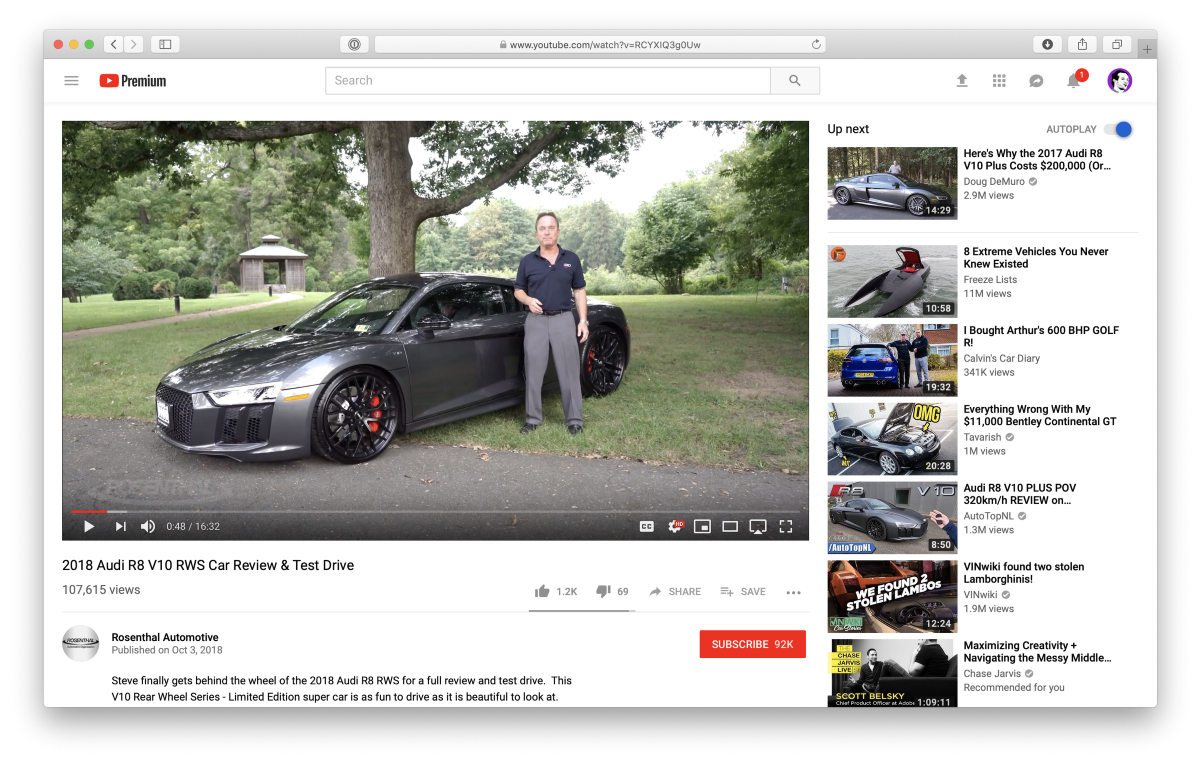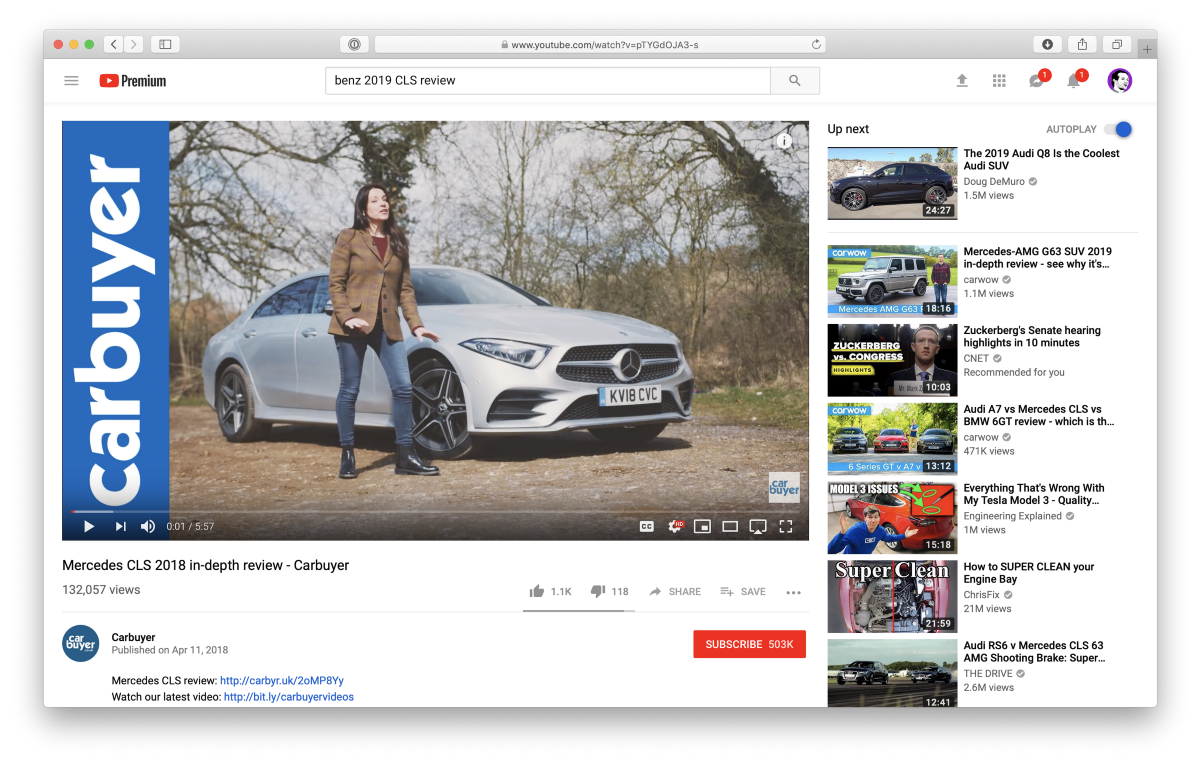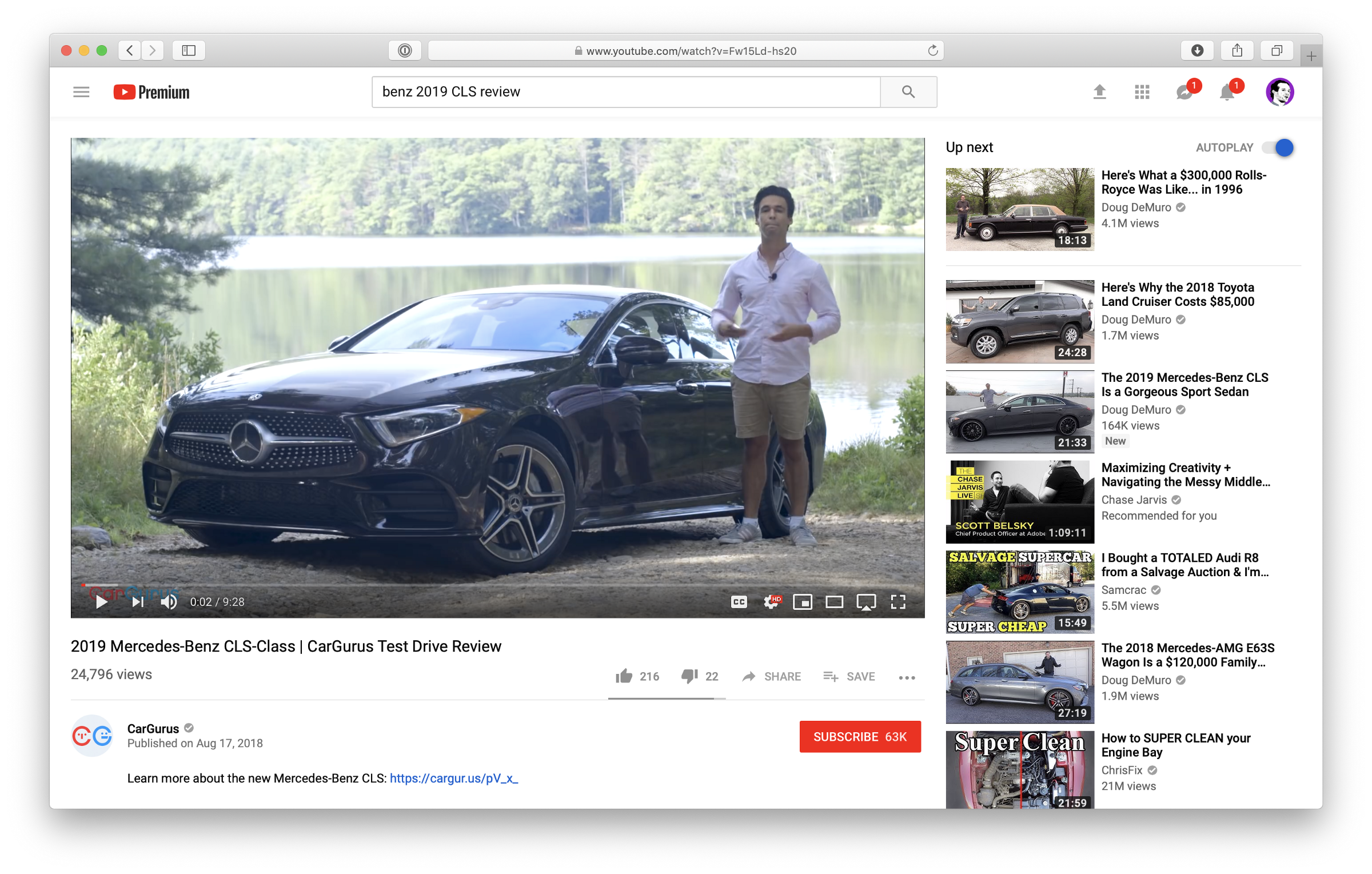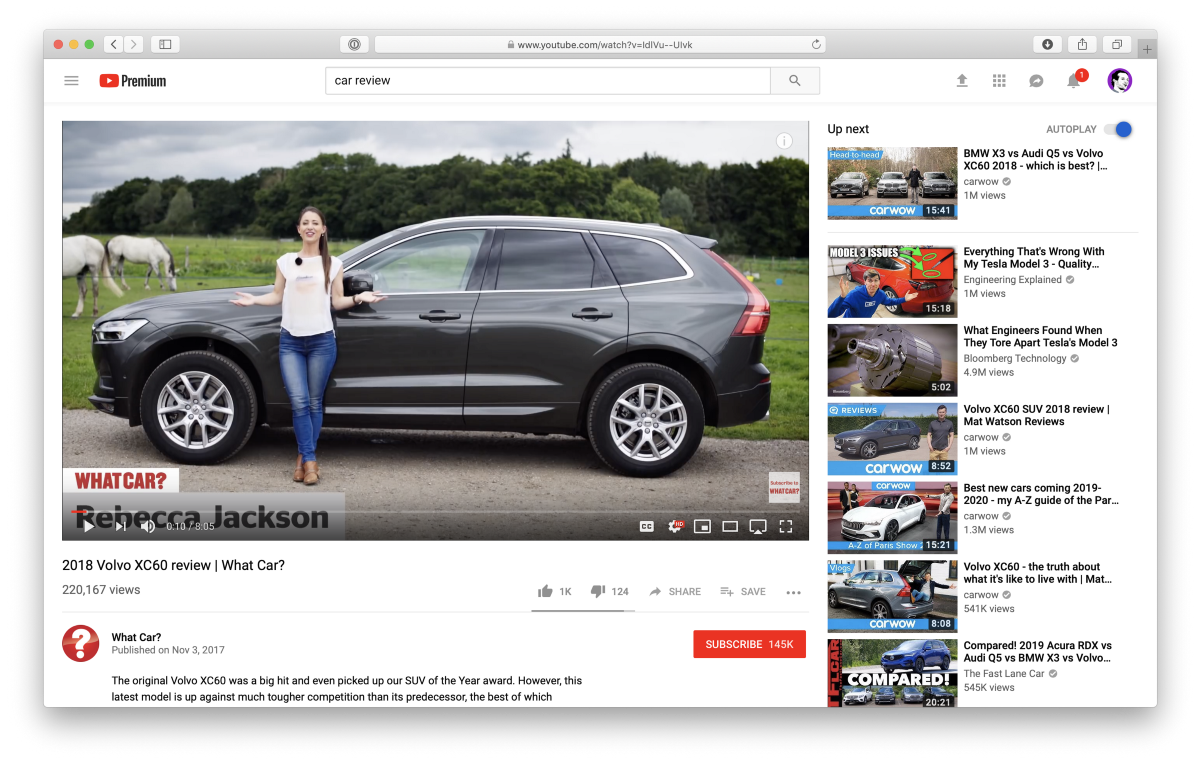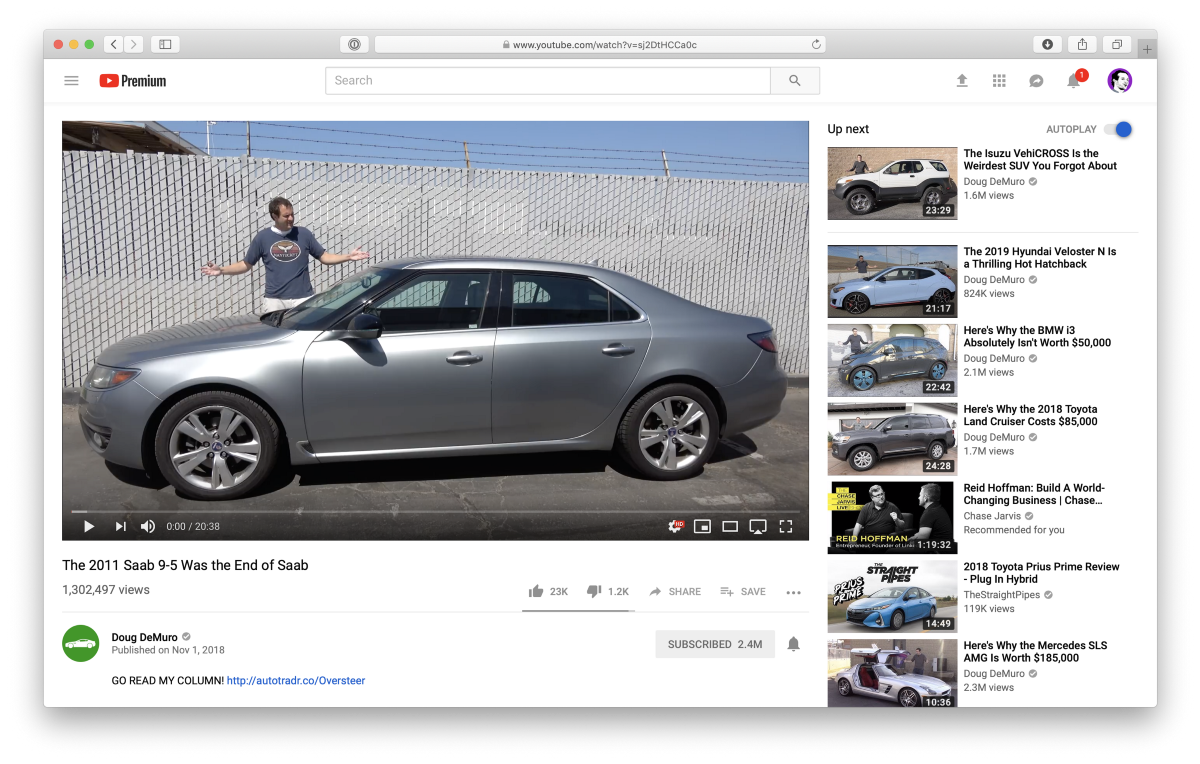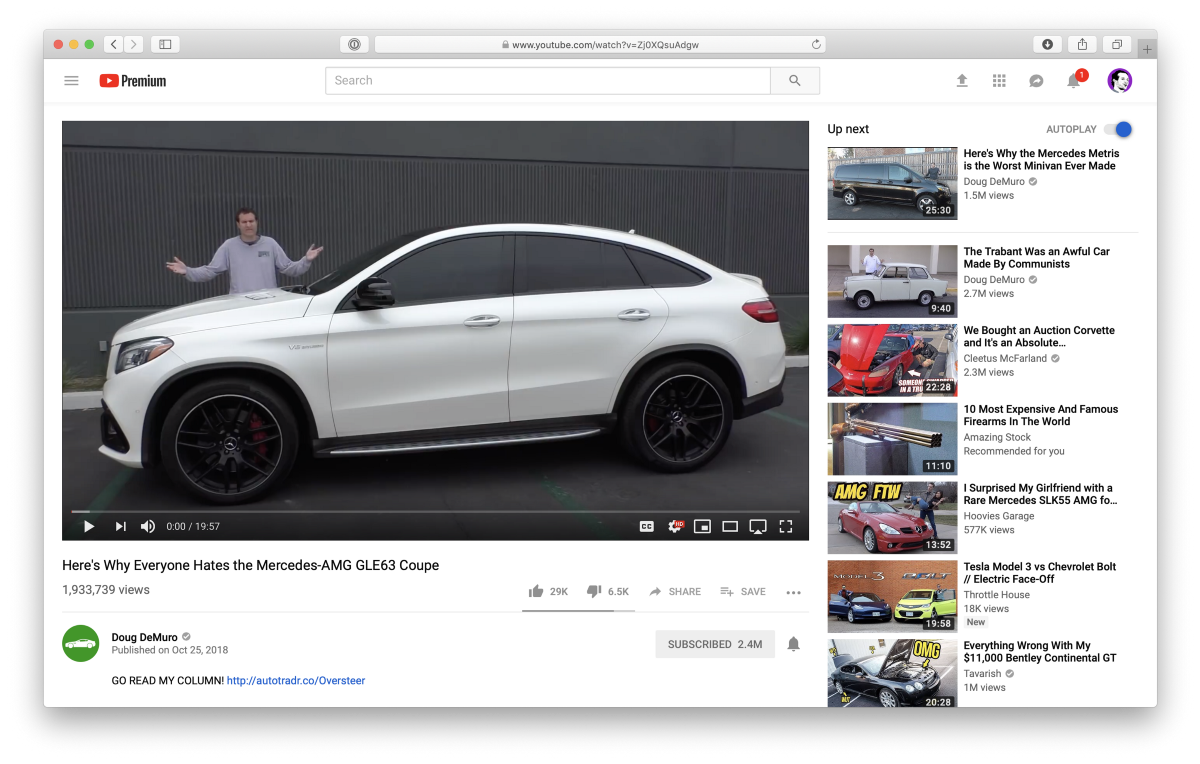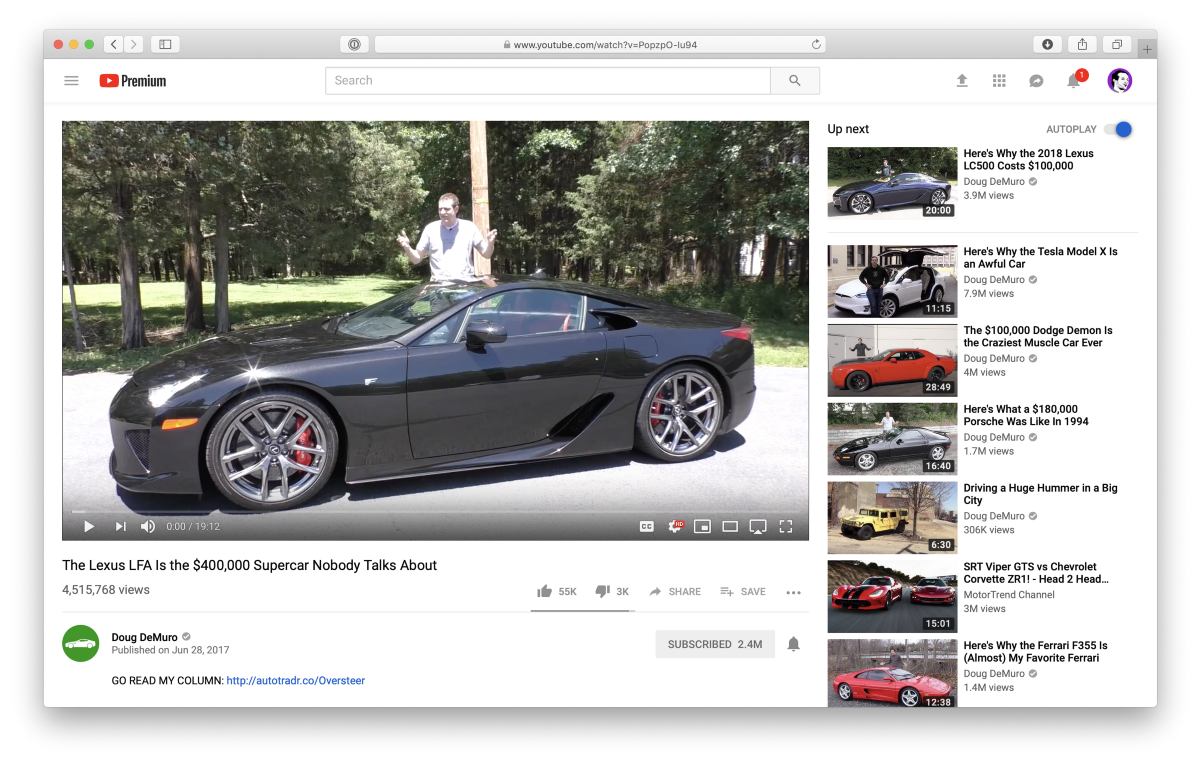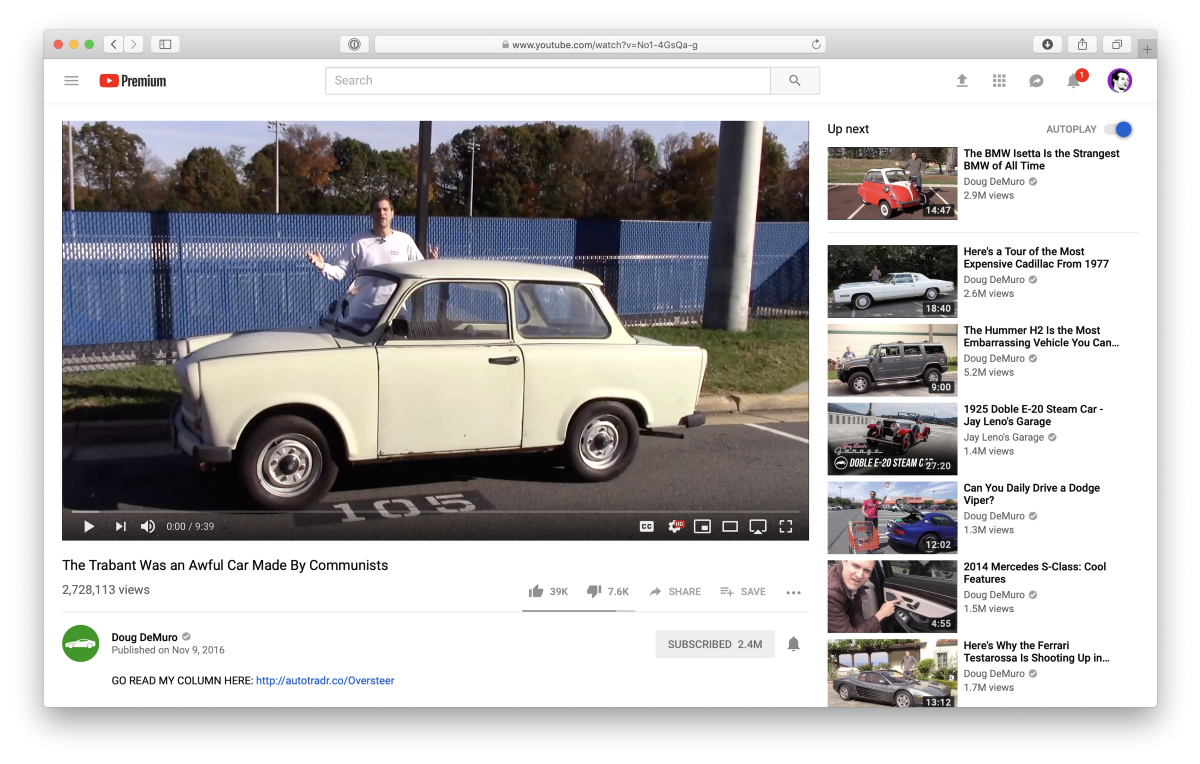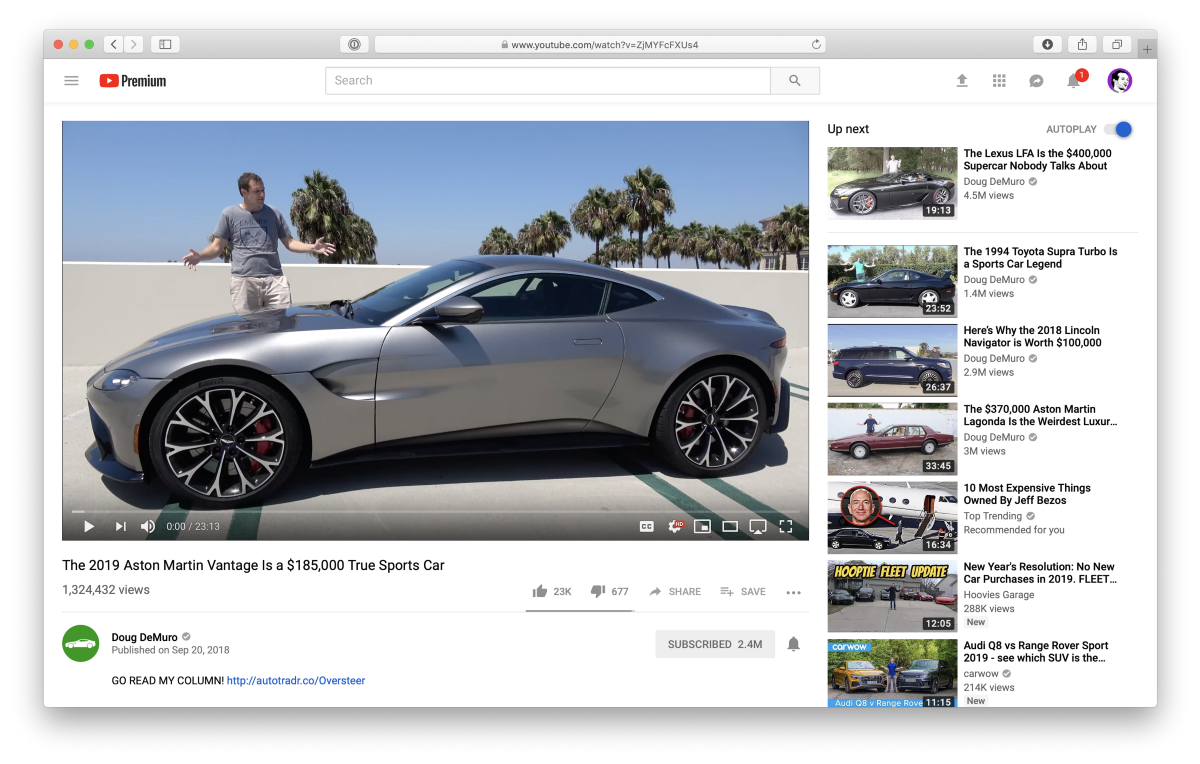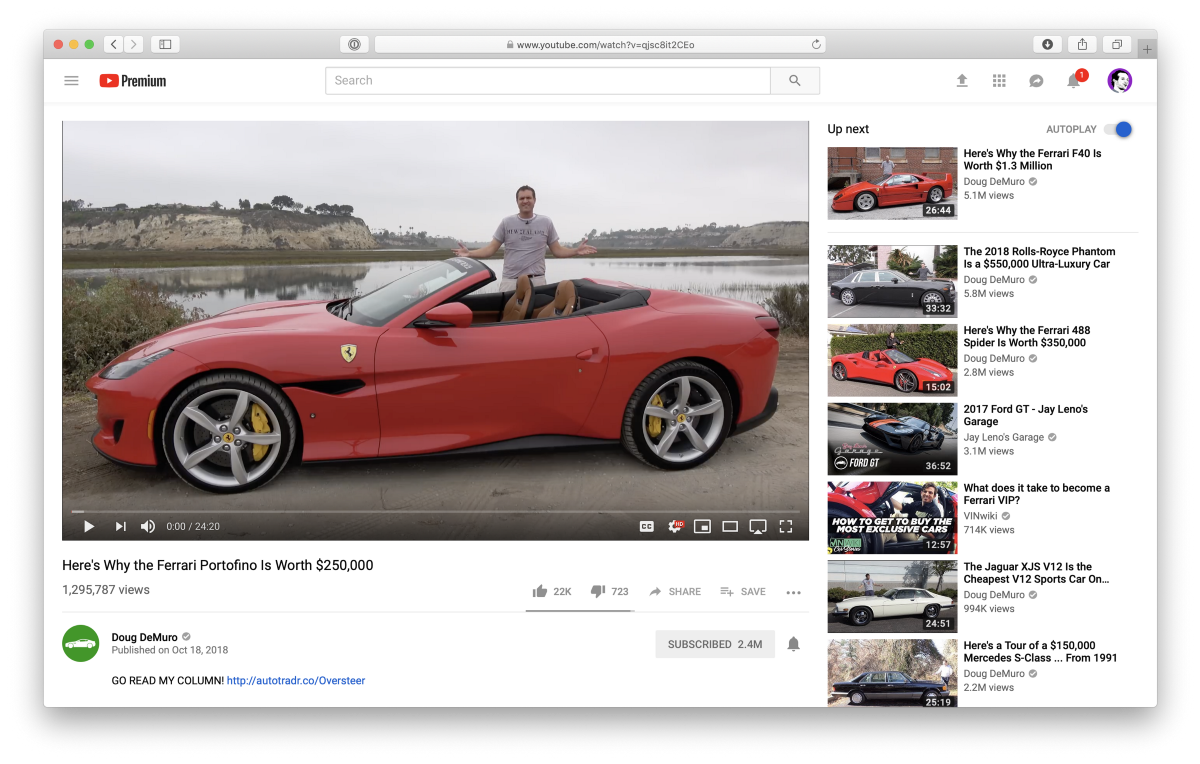
Maximilian Büsser is the MB in MB&F. They make wholly original mechanical creations – most of which tell time and fit on your wrist. MB&F’s machines are an acquired taste, and they’re priced out of reach for most, but they’re undeniably creative. I have deep respect for what they make, and how they make it.
Max is the creative force behind the whole thing. And he’s a remarkably thoughtful and insightful fellow. Humble, too. It’s hard to imagine how he manages to make a business like his work, but he does. And then some.
In this wonderful interview (embedded below), Max explains how and where he got his start. How he serendipitously found a mentor. How he mustered the courage to just go for it. Why he collaborates and who/what inspires him. How being a trained engineer allows him to push through and find solutions rather than be roadblocked at someone else’s “this won’t work”. Why creativity isn’t a democracy. He goes into just how challenging it all is, but also how natural it all feels. He also gets very personal and honest about his painful childhood – a childhood which clearly fueled his future drive to find his friends and collaborators.
The one-hour interview is one of the best things I’ve heard in a long time about creativity, business, product design, art, purpose, challenges, going your own way, seeing a vision through, and figuring it all out as you go.
It’s well worth your time. Please listen in:
Note: If the embed above doesn’t work for you, here’s a link to the interview on HODINKEE.com. You can also find the HODINKEE Radio podcast anywhere you subscribe to podcasts.

